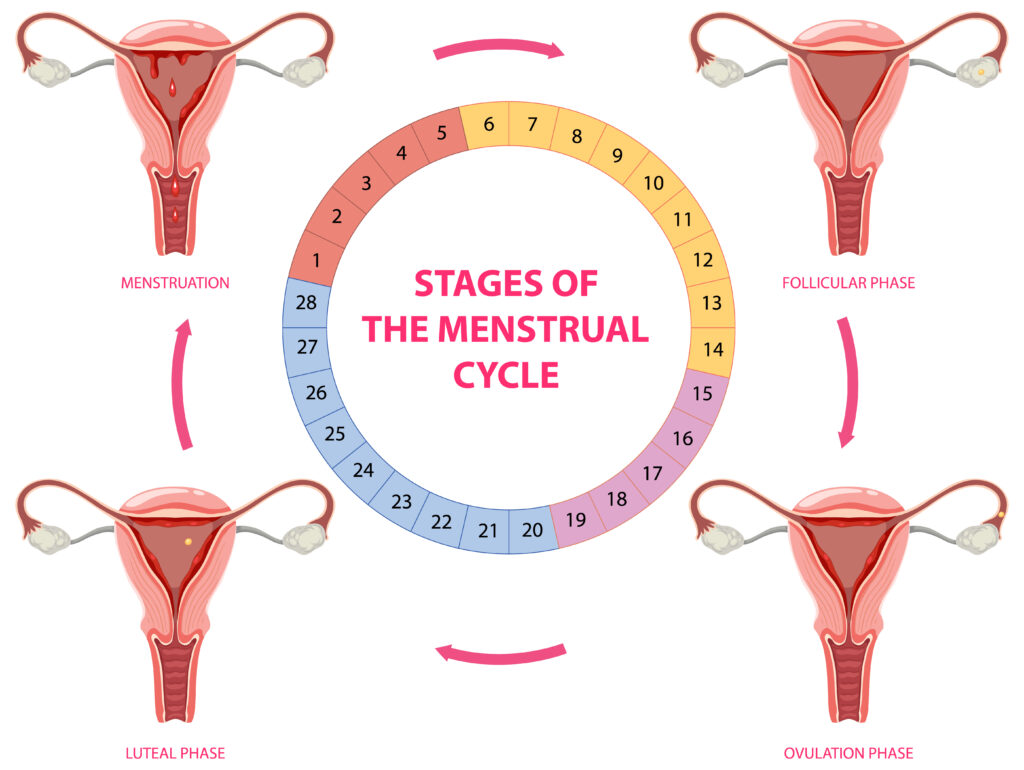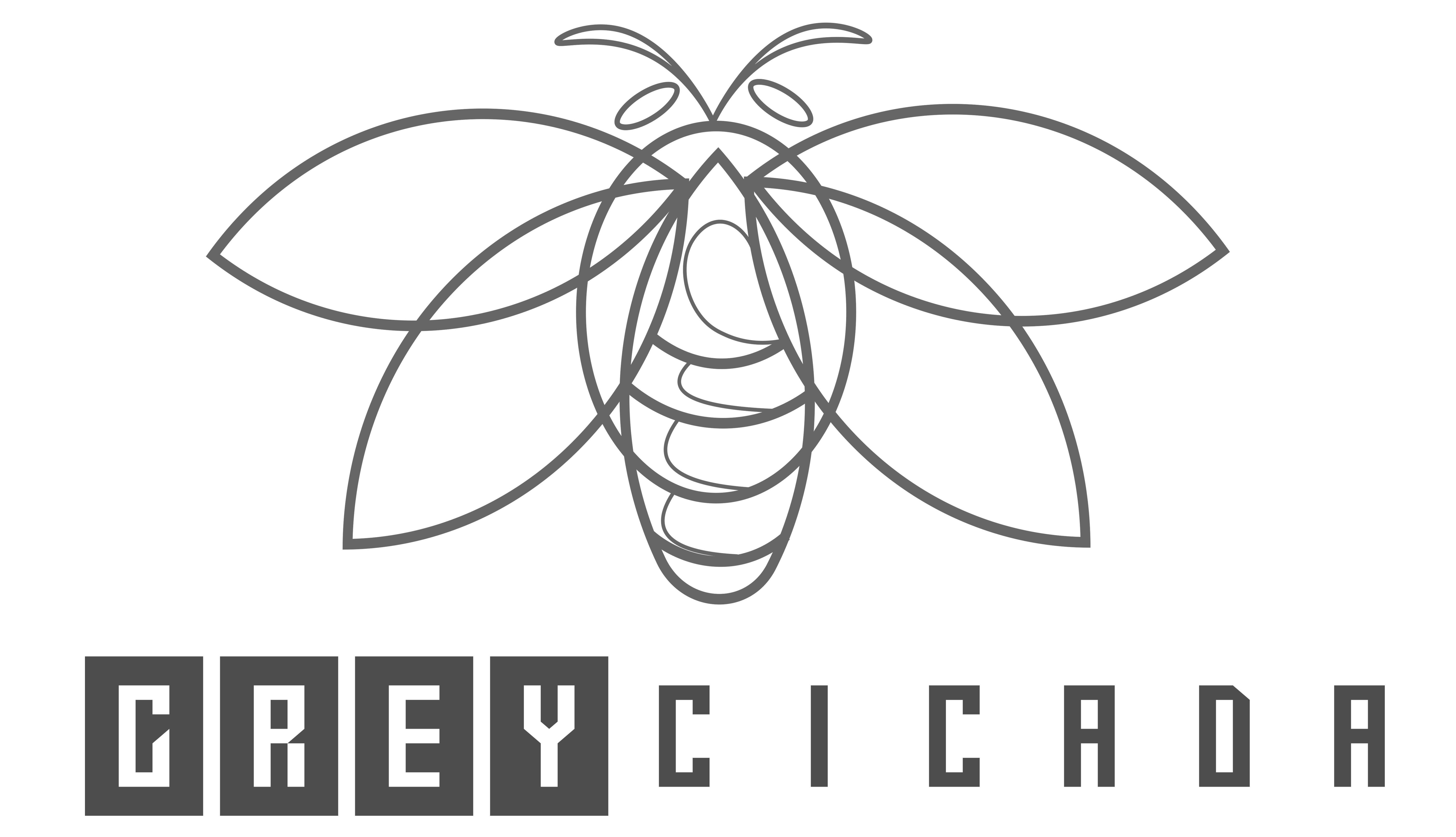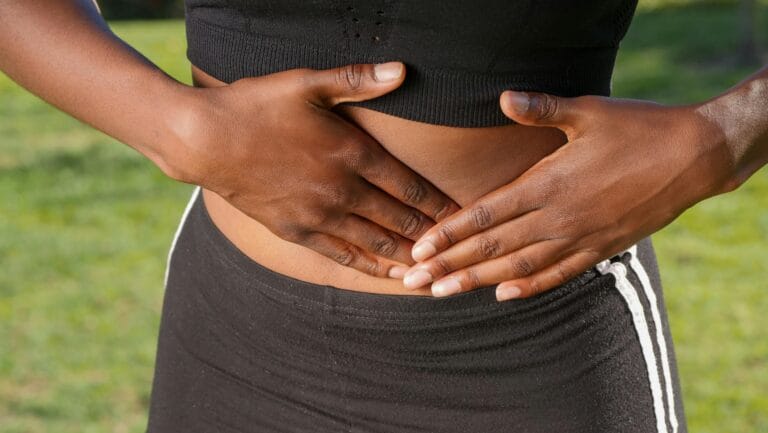FREE SHIPPING OVER $50
Understanding the Luteal Phase: Your Body’s Monthly Journey
The luteal phase or post-ovulatory phase is a crucial part of your menstrual cycle. It’s the time when your body prepares for a possible pregnancy, or gets ready to start a new cycle. But what exactly is the luteal phase? How does it affect your mood, energy, and health? And how can you support your body during this phase?
In this blog post, we’ll explore the answers to these questions and more. We’ll help you understand the luteal phase and how it impacts your well-being. We’ll also share some tips on how to optimize your lifestyle and nutrition for this phase. By the end of this post, you’ll have a better grasp of your body’s rhythmic journey and how to embrace it.
Decoding the Luteal Phase

The luteal phase is a crucial part of your menstrual cycle. It’s the time between ovulation and your next period when your body prepares for a possible pregnancy. Here are some key facts to help you better understand the meaning of the luteal phase and its impact on your well-being.
- The luteal phase lasts about 10 to 16 days, depending on your cycle length and when you ovulate. It ends when you get your period or when a fertilized egg implants in your uterus.
- The main hormone that regulates the luteal phase is progesterone. It’s produced by the corpus luteum, a temporary structure that forms from the follicle that releases the egg. Progesterone helps thicken the lining of your uterus and supports early pregnancy.
- The post-ovulatory phase is also influenced by estrogen, which rises and falls during this time. Estrogen helps balance the effects of progesterone and keeps your cervical mucus moist and fertile.
- The post-ovulatory phase can affect your physical and emotional symptoms throughout the month. Some common signs of the luteal phase are breast tenderness, bloating, acne, mood swings, fatigue, and cravings. These are also known as premenstrual syndrome (PMS) or premenstrual dysphoric disorder (PMDD) if they are severe.
- The luteal phase can vary from person to person and from cycle to cycle. Factors that can influence the length and quality of the luteal phase are stress, diet, exercise, illness, medication, and age.
- The post-ovulatory phase is important for your fertility and reproductive health. A short or irregular post-ovulatory phase can make it harder to conceive or increase the risk of miscarriage. If you have concerns, talk to your doctor or a fertility specialist.
Phases of the Menstrual Cycle: An Overview

The menstrual cycle is a natural process that involves changes in the hormones, ovaries, and uterus of a person who menstruates. It prepares the body for pregnancy every month and has four main phases: the follicular phase, the ovulation phase, the luteal phase, and the menstrual phase.
The luteal phase is divided into two sub-phases: the mid-luteal phase and the late-luteal phase.
The mid-luteal phase is when the level of progesterone, a hormone that supports pregnancy, is at its peak. The progesterone thickens the lining of the uterus and makes it ready for a fertilized egg to implant. If no fertilization occurs, the progesterone level drops and triggers the late-luteal phase.
The late-luteal phase is when the lining of the uterus starts to break down and shed, leading to bleeding. This is also known as the menstrual phase or the period. The bleeding usually lasts for 3 to 7 days and marks the end of one cycle and the start of another.
Luteal Phase Symptoms
During your post-ovulatory phase, you may experience some physical and emotional changes that are related to the hormonal fluctuations in your body. These are called luteal phase symptoms.
Some of the common symptoms are:
- Breast tenderness or swelling
- Bloating or water retention
- Mood swings or irritability
- Fatigue or low energy
- Headaches or migraines
- Cramps or lower back pain
- Increased appetite or cravings
- Acne or skin breakouts
These symptoms can vary in intensity and duration from person to person, and from cycle to cycle. They can also be similar to the early signs of pregnancy, so it can be hard to tell them apart. The best way to know if you are pregnant or not is to take a pregnancy test after your missed period.
How to Ease These Symptoms
While these symptoms are normal and usually harmless, they can sometimes interfere with your daily life and well-being. Fortunately, there are some things you can do to ease them and feel more comfortable during this phase of your cycle.
Some of the tips are:
- Drink plenty of water to stay hydrated and reduce bloating
- Eat a balanced diet rich in fruits, vegetables, whole grains, lean protein, and healthy fats
- Avoid caffeine, alcohol, sugar, and processed foods that can worsen your symptoms
- Exercise regularly to boost your mood, energy, and blood circulation
- Practice relaxation techniques such as meditation, yoga, breathing exercises, or massage
- Using a menstrual belt may help alleviate some of the physical symptoms
- Get enough sleep and rest to recharge your body and mind
- Use a heating pad, a warm bath, or a pain reliever to soothe cramps and headaches
- Wear comfortable clothing and supportive bras to reduce breast discomfort
- Treat yourself to something that makes you happy, such as a hobby, a book, a movie, or a friend
Luteal phase symptoms are not something to be worried about. They are a natural part of your menstrual cycle and a sign that your body is functioning well. By listening to your body and taking care of yourself, you can cope with them better and enjoy this phase of your cycle.
Calculation and Duration of the Luteal Phase
There are different methods to calculate your luteal phase duration, depending on how much you track your cycle. Here are some of the most common ones:
- Ovulation tests: These tests detect the surge of luteinizing hormone (LH) that triggers ovulation. When you get a positive result, it means you will ovulate within the next 24 to 36 hours. You can count the days from then until your next period to get your luteal phase length.
- Basal body temperature (BBT): This is the temperature of your body at rest. It rises slightly after ovulation and stays elevated until your next period. By measuring your BBT every morning and charting it, you can identify when you ovulated and when you entered the luteal phase.
- Period tracking app: These apps use algorithms to estimate your ovulation date based on your cycle length and other data. They can also give you an approximate luteal phase duration, but they are not very accurate unless you input additional information such as BBT or cervical mucus.
- Cervical mucus: This is the fluid that changes in texture and amount throughout your cycle. It becomes clear, stretchy and slippery around ovulation, which helps sperm to swim and survive. After ovulation, it becomes thicker and less abundant, indicating the start of the luteal phase.
- Cycle length: If you have regular cycles, you can also use a simple formula to calculate your post-ovulatory phase. Just subtract 14 from your cycle length. For example, if your cycle is 28 days long, your post-ovulatory phase is likely to be 14 days long as well.
FAQs
During the luteal phase, hormonal balance shifts, with increased progesterone after ovulation. The corpus luteum forms, producing progesterone and supporting the uterine lining.
The luteal phase typically lasts 12-17 days, with an average duration of around 14 days. It is the second half of the menstrual cycle, starting after ovulation.
A short luteal phase, less than 11 days, may make conception challenging. It suggests insufficient time for the uterine lining to thicken adequately for implantation.
A long luteal phase, exceeding 17 days, might indicate hormonal imbalances or pregnancy. If your period is delayed, consider taking a pregnancy test and consult with a healthcare professional.
Conclusion
The luteal phase is not something to dread or ignore, but a natural and important part of your monthly journey. By embracing the cycle and nurturing your body through each post-ovulatory phase, you can improve your physical and emotional well-being, and enjoy a more balanced and harmonious life.
If you found this blog post insightful, explore more on female health by delving into our related articles:
- Seed Cycling for Hormones: Unlocking Hormonal Harmony
- Cycle Syncing Mastery: Harness Your Hormones for Productivity
- Follicular Phase Demystified: Your Guide to Radiant Well-being
- Kegel Exercises for Women: A Simple Guide
- Lifestyle Changes for Hormone Imbalance and Menopause Symptoms
- L-glutamine for Gut Health and Bloating
- How to Tighten Loose Skin Naturally
We trust you’ll find these insights valuable. Feel free to share and leave a comment if you have anymore questions.



